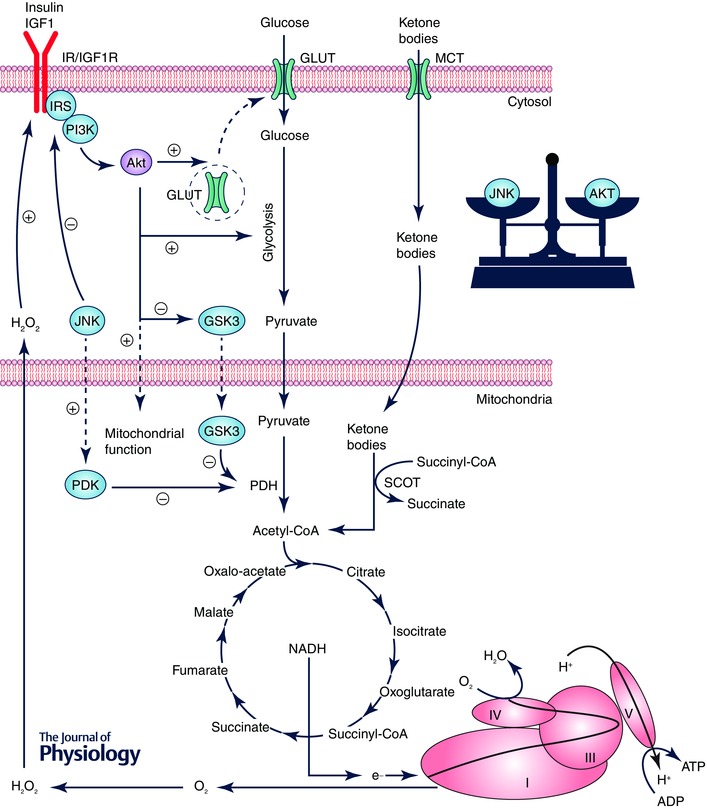Figure 1. Coordination of insulin/IGF1 signalling and JNK signalling with substrate availability and mitochondrial catalytic machinery in brain .

Pyruvate, generated from glucose by glycolysis in cytosol, undergoes oxidative decarboxylation by pyruvate dehydrogenase (PDH) to yield acetyl‐CoA. Ketone body metabolism is regulated by succinyl‐CoA transferase (SCOT) to yield acetyl‐CoA. Acetyl‐CoA generated by these pathways enters the TCA cycle to produce primarily NADH, which provides electrons to the electron transport chain to build up the proton motive force for ATP synthesis by complex V. Binding of insulin and IGF1 to their receptors activates the insulin receptor substrate (IRS) and the downstream phosphatidylinositide 3‐kinase (PI3K)/protein kinase B (Akt) pathway, which (1) facilitate the translocation of glucose transporters (GLUT3/4 in brain) to plasma membrane, (2) promote glycolytic reactions, and (3) enhance mitochondrial function through the translocation of Akt to mitochondria and the inhibition of glycogen synthase kinase‐3β (GSK3β, an inhibitor of PDH). O2.− generated by the electron transport chain at complex I and III is reduced to H2O2, which is released to the cytosol where it modulates the redox‐sensitive insulin/IGF1 signalling (IIS) and c‐Jun N‐terminal kinase (JNK) signalling. JNK can negatively regulate IIS by phosphorylating IRS at Ser307/312.
